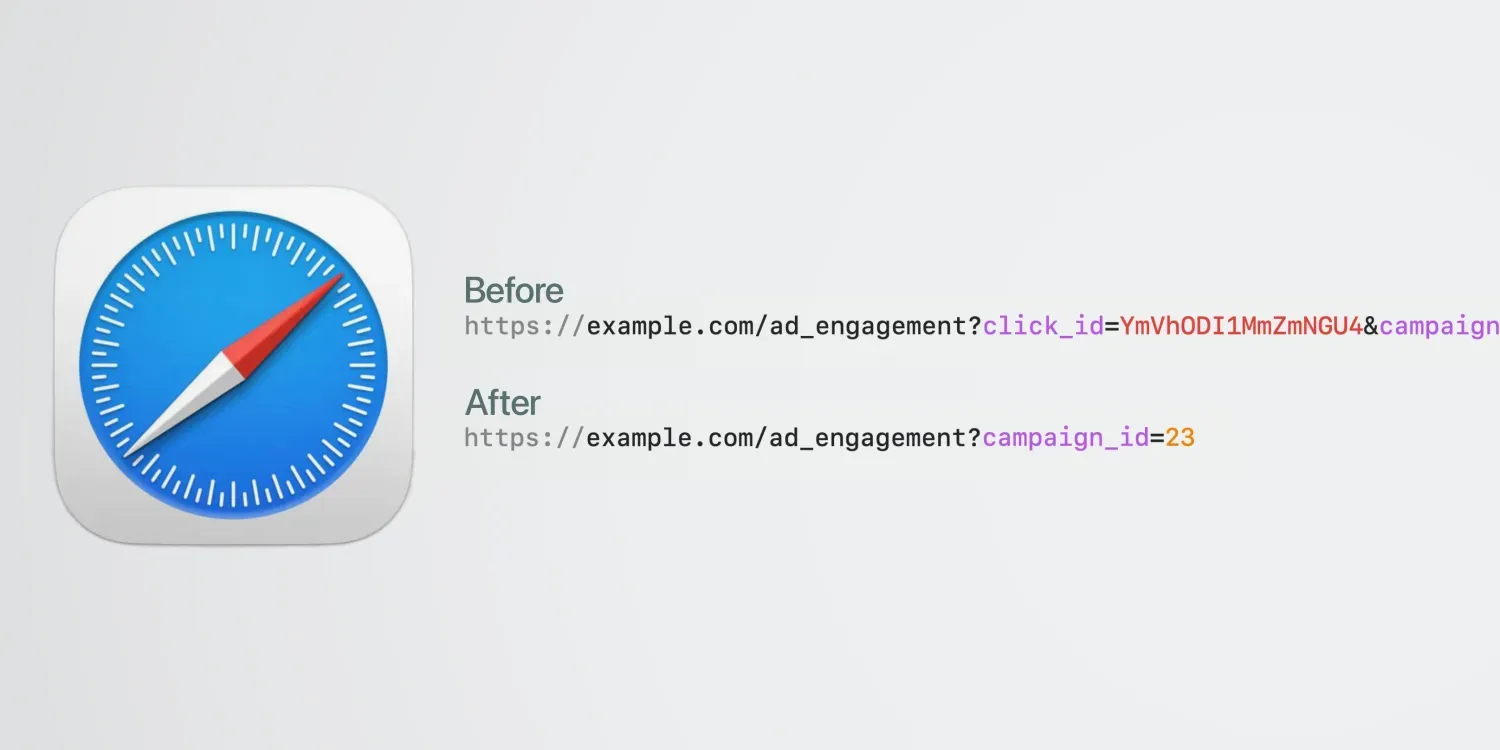
Apple hits email analytics again in iOS17
Apple's stripping another analytics tool from our toolbox with new privacy features in iOS17
Buried away in Apple’s announcement last week was another layer of privacy protection that will, inevitable, reduce our access to analytics.
Link Tracking Protection is a new feature automatically activated in Mail, Messages, and Safari in Private Browsing mode. It detects user-identifiable tracking parameters in link URLs, and automatically removes them.
This means that, if you use campaign tracking (UTMs) on your email link, Apple devices might start rewriting those tracking additions. However, this shouldn’t impact all uses of campaign tracking. It only kicks in if you append a user-identifying code into the campaign tracking.
This is the example that 9to5Mac gives:

And this is how Fast Company’s Michael Grothaus describes it:
This feature cuts off the extra bits in a link’s URL that is added by marketers and sites to track a user around the web. This is the bit of the URL that contains user-level tracking information, for example: www.examplewebsite.com/top10vacationdestinations?clickId=d7762jkls. That “?clickId=d7762jkls” bit is the tracking part. By auto-stripping this unneeded user-level tracking information out in iOS 17, iPadOS 17, and macOS Sonoma, Apple is making it harder for marketers and others to stalk your movements.
So, as I understand it, Apple is only stripping out user-identifiable tracking, not all tracking. Your campaign/source/medium tracking should be safe. The example above show the campaign element being preserved as the clickId gets stripped.
But anything else is in trouble.
Sign up for e-mail updates
Join the newsletter to receive the latest posts in your inbox.









